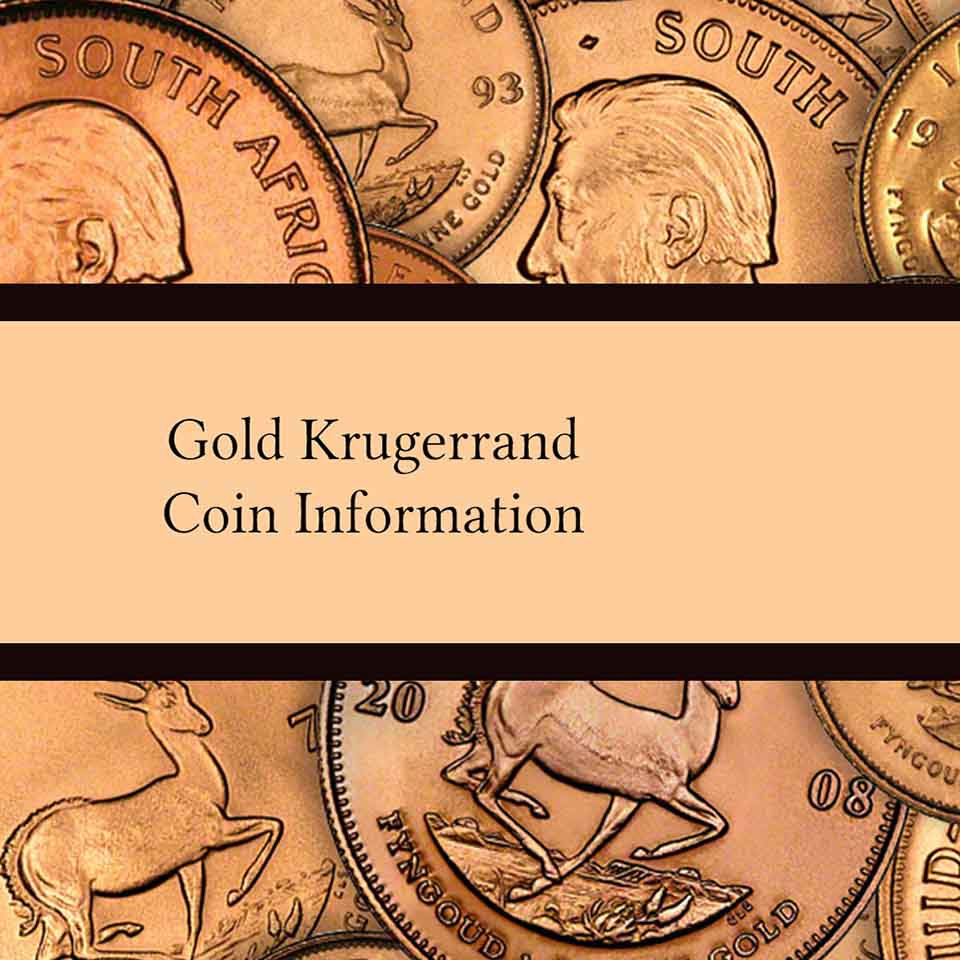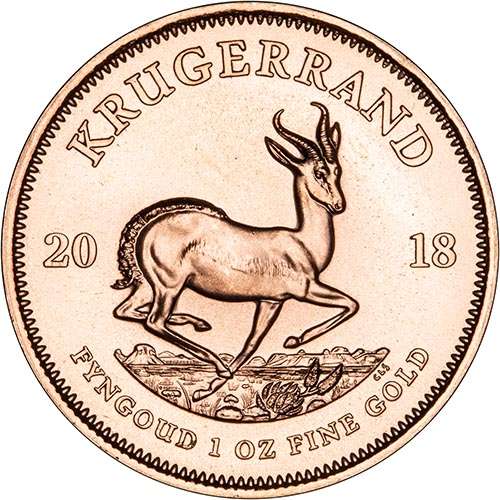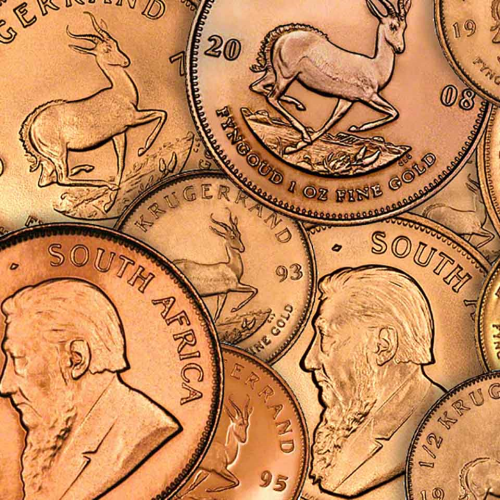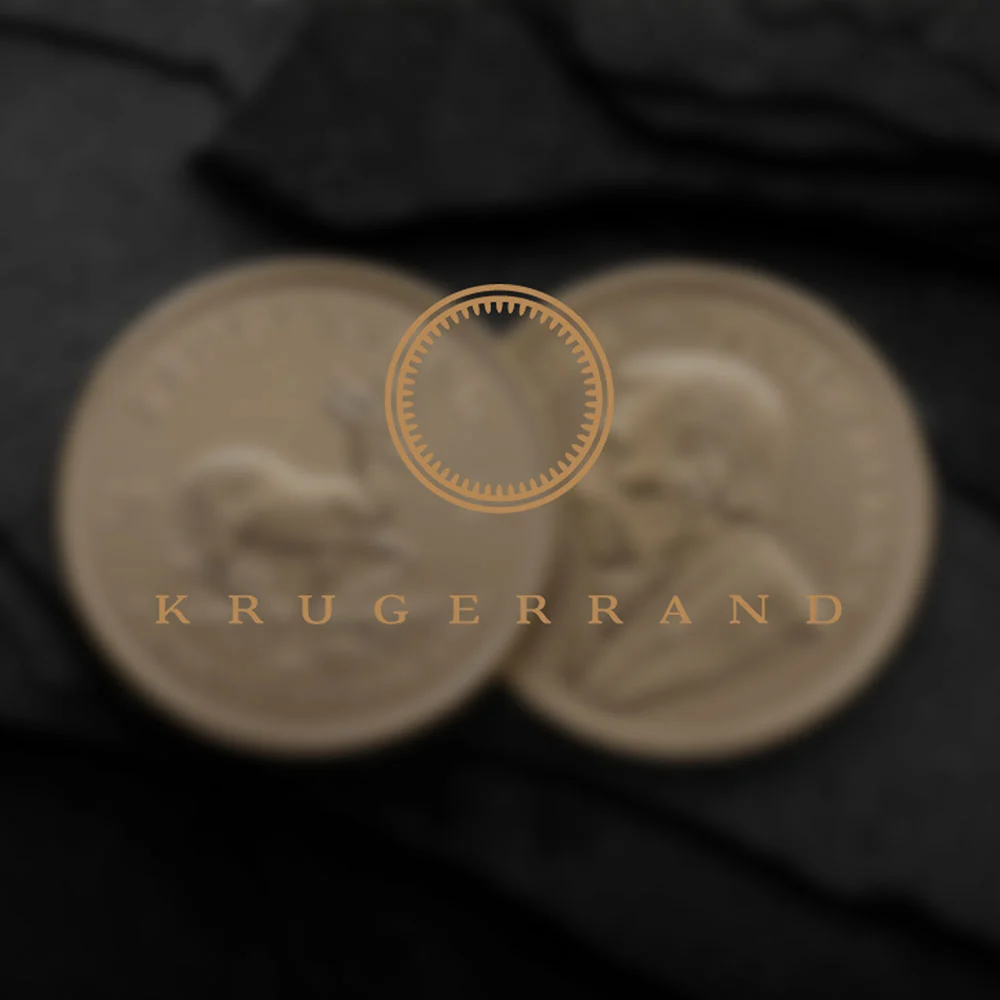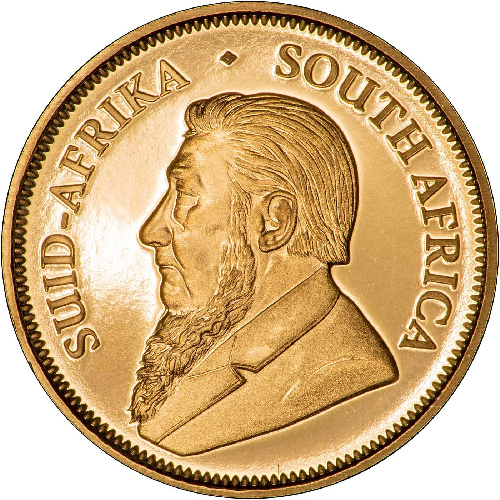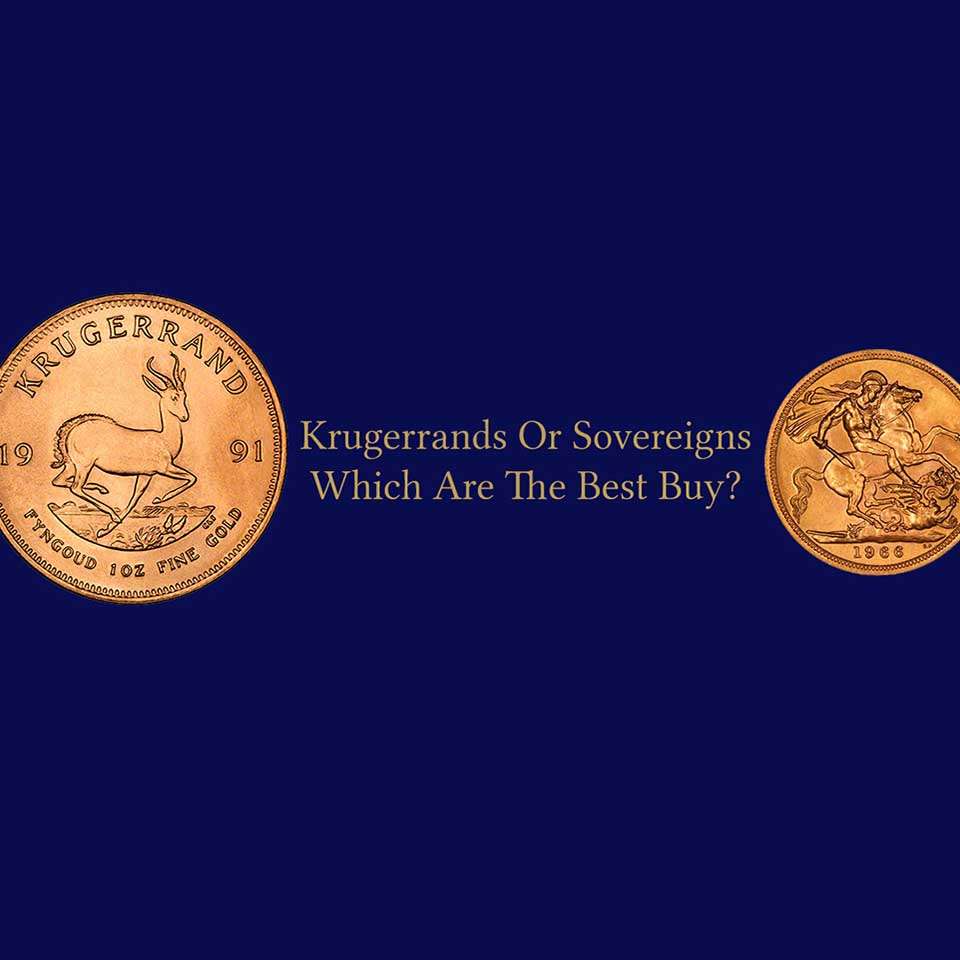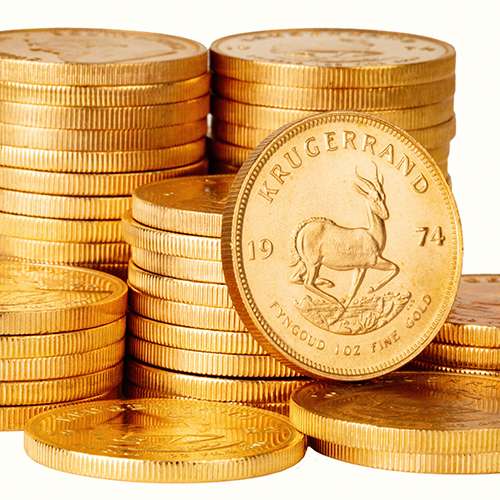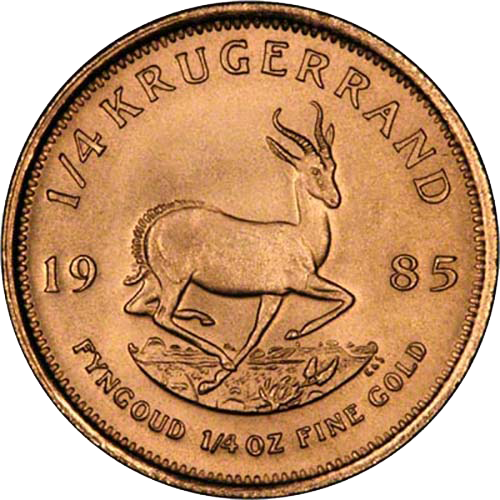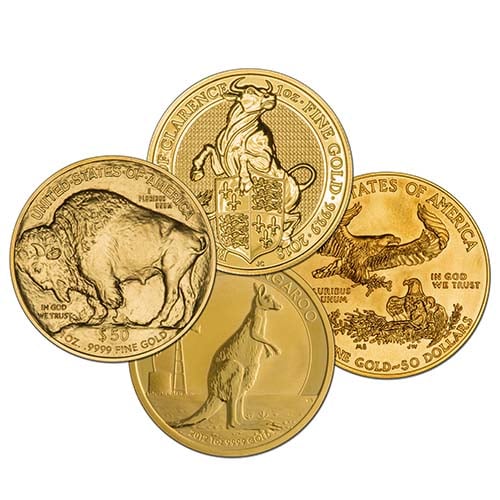The Legend of the Kruger Millions In South Africa
Synopsis
Explore the Hidden History of the Kruger Millions: From Gold Rush to Treasure Hunt. Dive into the gripping story of 1886 South African gold discoveries that sparked wars and a multi-million-dollar treasure's vanishing act.
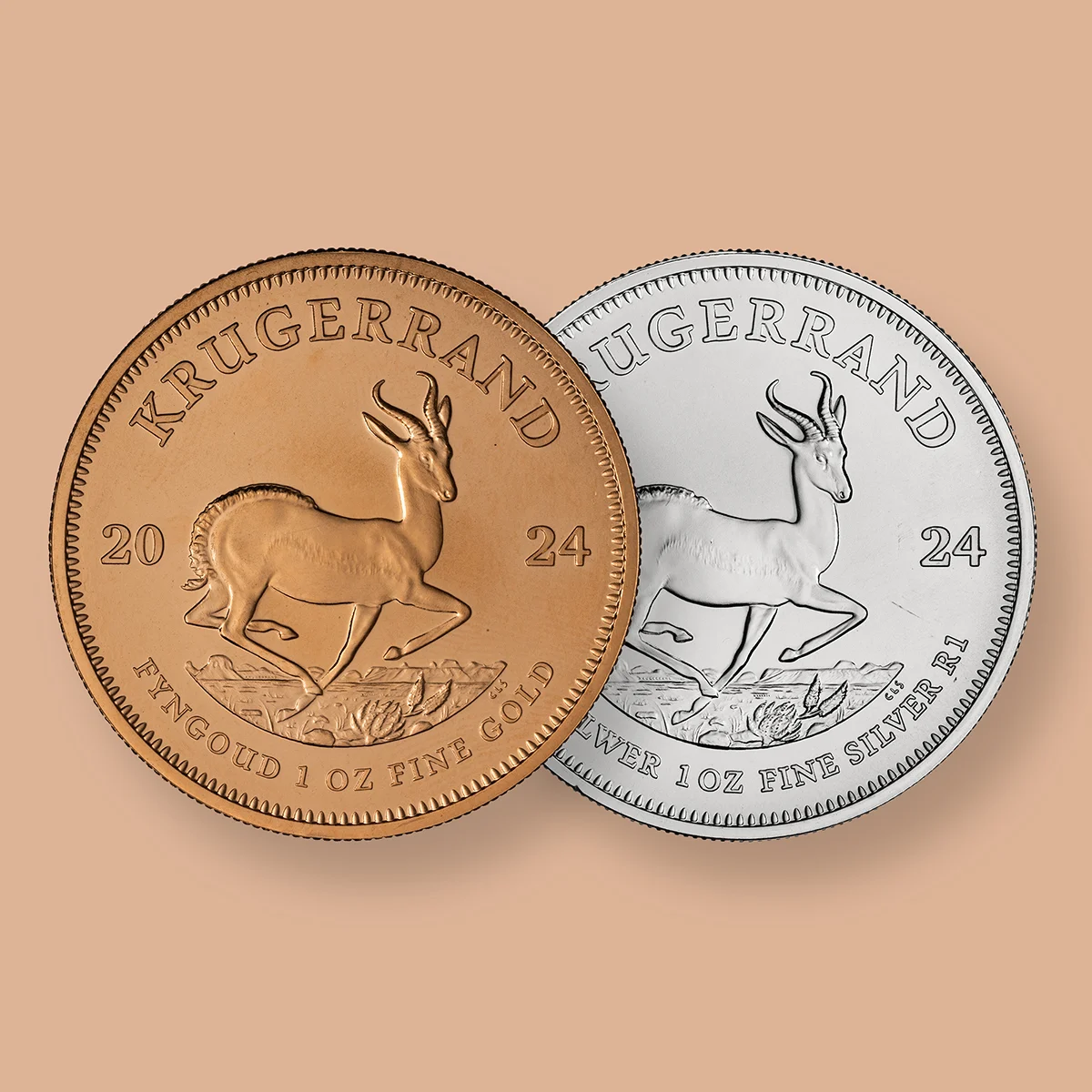
The South African Republic Discovers Gold (1886)
Whilst many gold investors believe the history of The Krugerrand coin started in 1967 what if we told you the roots of the Krugerrand were planted more than a century ago which was intertwined with wars and the changing role of the gold standard in the global economy.
In 1886, the South African Republic (SAR) made its first discovery of gold. During this period, a substantial number of English-speaking individuals were drawn to the goldfields where the newfound gold was located. This development raised concerns among the Boers, who perceived these newcomers as a threat to their way of life.
The Jameson Raid (1896)
Ten years later, Dr. Leander Starr Jameson, 1st Baronet, a British colonial politician and administrator employed by Cecil Rhodes, initiated a raid on the South African Republic (SAR), famously known as the 'Jameson Raid.' Approximately 500 British South Africa Company troops were involved, but it ultimately resulted in a resounding failure and humiliation for Britain and its supporters.
The outcome of the Jameson Raid had a profound impact on Boer sentiments, solidifying their stance and paving the way for Paul Kruger's decisive victory in the 1898 presidential election of the South African Republic (SAR). Furthermore, the Witwatersrand Gold Rush played a pivotal role in both the unsuccessful Jameson Raid of 1895-1896 and the eventual Second Boer War in 1899. It was the British mine owners who orchestrated the removal of the Boer government governing the Witwatersrand, which, in turn, set the stage for the onset of the Second Boer War.
The Second Boar War - Pretoria (1900)
Four years later, in Pretoria (the capital of South Africa), the Second Boer War broke out in 1899 between Britain and the South African Republic (SAR). Conflict erupted between the British Empire and the two autonomous Boer Republics, the Transvaal and the Orange Free State, in October 1899. Initially, the Boers experienced some early victories that bolstered their morale. However, their resolve was severely shattered in May 1900, following the capture of Johannesburg.
Lord Frederick Roberts, holding the highest infantry rank of Field Marshal and being one of Britain's most successful military commanders, led a substantial British infantry force. They had advanced to Six Mile Spruit, located to the south of the town.
At this point, only a low line of hills and some Boer fortifications stood between him and the capital of the South African Republic. Only 14 years had passed since the discovery of the rich goldfields of the Witwatersrand. While this gold initially brought brief prosperity to the SAR, it had now ushered in the horrors of war, right at its doorstep. President Kruger left the capital for Machadodorp on 29 May.
President Paul Kruger was never enthusiastic about the discovery of the gold. As he later wrote in his memoirs in 1902:
'The rich goldfields of the Witwatersrand were discovered and brought about a complete revolution in the financial aspect of the affairs of the Republic. The history of the Republic entered upon a new phase of discovery. Can we possibly look upon it as fortunate?'
The words uttered by the late General Joubert:
'You would do better to weep; for this gold will cause our country to be soaked in blood'.
What Was the Role of Jan Smuts in the SAR?
Jan Smuts initially entered the realm of politics and journalism during his involvement as a former member of the Afrikaner Bond, an anti-imperialist political party in 19th-century southern Africa. The party's goal was to unite the States of South Africa into one independent republic. It's worth noting that Smuts's father had a connection with Jan Hofmeyr, the leader of the party, which likely played a role in Jan Smuts's introduction to politics.
Hofmeyr, in turn, recommended Jan Smuts to Cecil Rhodes, the 7th Prime Minister of the Cape Colony, and Jan quickly became a devoted supporter. However, when Rhodes requested Dr. Leander Starr Jameson to carry out the Jameson Raid, Jan Smuts felt a disconnection from these actions and decided to resign from De Beers. He then took on the role of state attorney in Pretoria, the capital of the SAR. This is the path that ultimately led Jan Smuts to become a key figure in the disappearance of the Kruger Millions. Smuts was the eyes and ears in Pretoria, handling propaganda, logistics, communication with generals and diplomats, and anything else that was required.
Smuts planned to remove the so-called Kruger Millions, initiating negotiations with the bank directors responsible for safeguarding the government's funds and gold, valued at £400,000 to £500,000 at that time. However, his initial attempts were met with refusal, leaving him with few options. He eventually decided to escalate the situation, issuing arrest warrants and threatening criminal action against those opposing him and his fifty police officers. Consequently, the bank directors yielded, allowing Smuts and his team to enter the bank and secure the Kruger Millions.
What Was the Kruger Millions?
During June 1900, General Smuts orchestrated the transfer of what is commonly referred to as the Kruger millions out of Pretoria. During the early part of the war, large numbers of the Kruger sovereigns dated 1900 (top) were minted in Pretoria. The modern-day gold and silver Krugerrands, issued from 1967 until the present day, feature the same portrait of President Kruger. You can observe this iconic image on the new 2024 Krugerrand coin releases.
In among the gold removed from Pretoria by Jan Smuts were Kruger sovereigns. These days, collectors around the world greatly appreciate the value of these coins, with good specimens of the rare-date coins fetching thousands of dollars at auction. In total, 2,203,265 Kruger pounds and 362,985 half-pounds were minted, spanning the period 1892 to 1900.
What Happened To the Kruger Millions?
During the South African Boer War, people wondered what happened to the Kruger millions. One idea is that President Paul Kruger hid the treasure to stop the British. Another theory suggests the money was spent during the war. These theories leave the treasure's fate uncertain. Below are some of the theories that historians believe could have led to the disappearance of the Kruger millions.
Paul Kruger Hid the Gold Theory?
The question that has puzzled historians since that fateful day during the South African Boer War, which occurred somewhere between 1899 and 1902, is whether President Paul Kruger hid the gold in an attempt to prevent the invading British forces from seizing a treasure comprising gold bars, gold coins, and diamonds worth over $500,000,000 USD in today's currency. The Kruger millions were removed from a train transporting the treasure and concealed before Kruger went into exile in 1900. This has prompted modern-day treasure hunters to search for it.
Even though General Smuts wrote about it, and Krüger did a lot of research, the story still goes on. Kruger's research didn't give a full picture of the money taken from Pretoria. They think it was between £400,000 and £500,000. Out of this money, £150,000 was sent to Europe on a ship called the Bundesrath, and £50,000 was given to the government of Transvaal.
But there's still at least £200,000 that they don't know where it went. According to Krüger's research the remaining gold bars, about 64,142 ounces, were sold as gold coins to a company in Lourenço Marques (now called Maputo) in Mozambique.
The War Consumed the Kruger Millions Theory?
Yet another theory suggests that the individuals involved may have used the equivalent of £200,000 in today's currency, which would be approximately 935 million rands and weigh around 1.5 tons in gold. Adding to the intrigue, additional information can be found in records from the Chamber of Mines, which show that the value of gold extracted in the Johannesburg area between November 1899 and May 1901 amounted to £2,024,278.
It's worth noting that the Pretoria mint only struck 788.000 Kruger sovereigns using the 1900 date and 136,870 coins with the 1898 date. If we subtract the number of coins minted during this initial phase of the war from the gold mined in Johannesburg during the same timeframe, it results in a balance of £1,099,408. This figure surpasses the amount of gold believed to have been transported out of Pretoria by Smuts, more than doubling it.
General Christiaan de Wet, a Boer leader responsible for transferring the gold from the mines to Pretoria, reported that they had recovered 120,000 ounces from the Robinson Mine. Rob Milne, an experienced explorer in South Africa, has proposed that his research indicates the testimonies presented during the libel trial align with the idea that the Kruger Millions vanished somewhere between Machadodorp and the Mozambique border. This perspective contradicts General Jan Smuts's belief that the gold was depleted during the war.
Modern Kruger Millions Findings
In a quest to uncover the fabled Kruger Millions, treasure hunters have been drawn to intriguing stories and intriguing discoveries over the years. As recently as 2001, a wave of excitement swept through the town of Ermelo in Mpumalanga when reports emerged of farm workers stumbling upon Kruger coins. According to The Citizen, a South African newspaper, these workers had unearthed over 4,000 gold coins, all dating back to the year 1897, in a series of discoveries dating as far back as 1960.
Fast forward to February 2021, and the saga of the Kruger Millions took an international twist. Business Insider reported the uncovering of a substantial cache of coins hidden away in a Swiss vault. This discovery stirred speculation that these coins could be part of the elusive Kruger Millions, reigniting interest in the enduring mystery of the lost treasure.
Where to Buy Modern Krugerrand Bullion Coins
Are you interested in purchasing Krugerrands? Keep in mind, they're not free, but they're a whole lot easier to nab than embarking on a treasure hunt. Explore our affordable investment Krugerrand gold bullion coin options today, including our best value Krugerrand 1 oz gold coin range and our Krugerrand Minty 1 oz gold coin range.
Stay informed by signing up for our mailing list and follow us on Instagram, YouTube, Facebook, TikTok and Twitter for the latest updates on special offers, new stock, and much more.
Sign up to our newsletter:
Related Articles
This guide and its content is copyright of Chard (1964) Ltd - © Chard (1964) Ltd 2024. All rights reserved. Any redistribution or reproduction of part or all of the contents in any form is prohibited.
We are not financial advisers and we would always recommend that you consult with one prior to making any investment decision.
You can read more about copyright or our advice disclaimer on these links.



